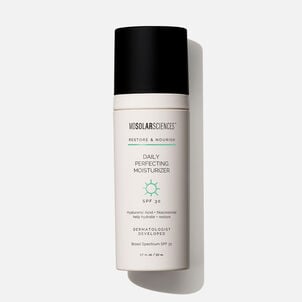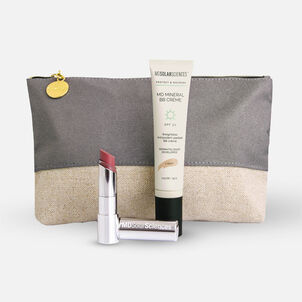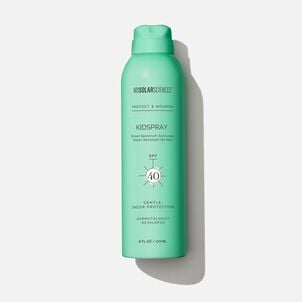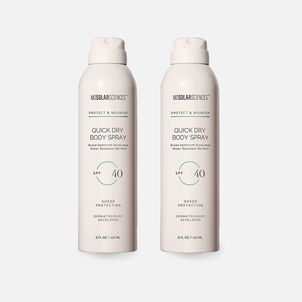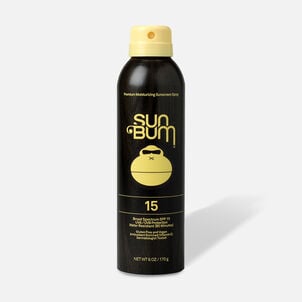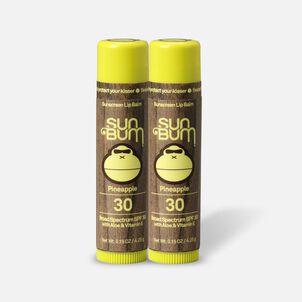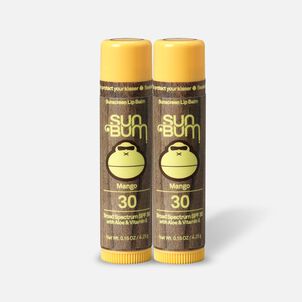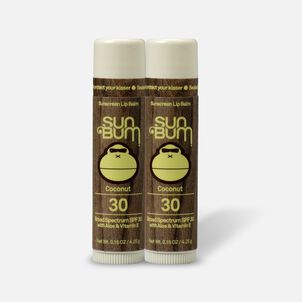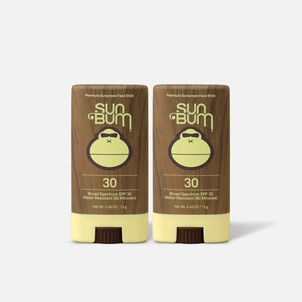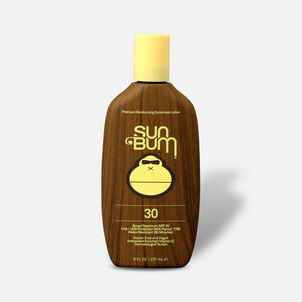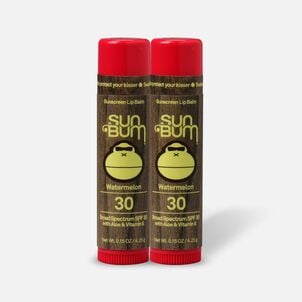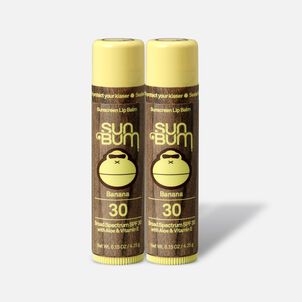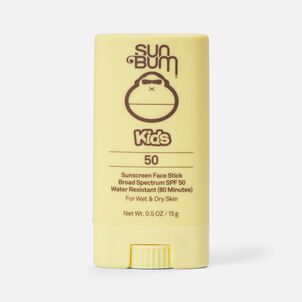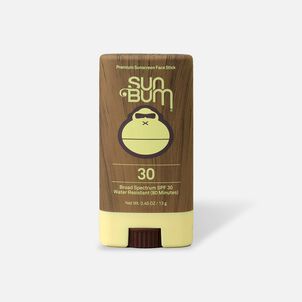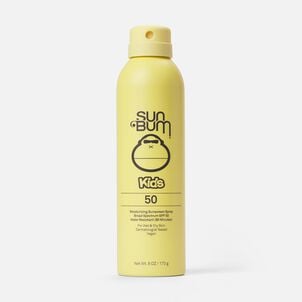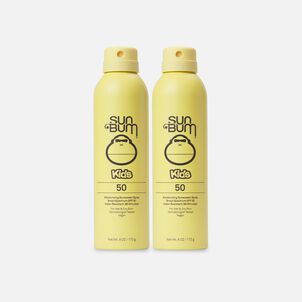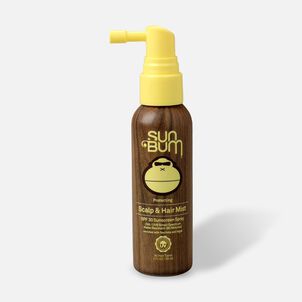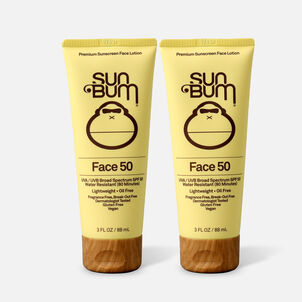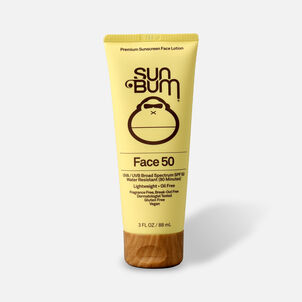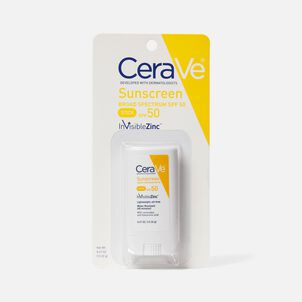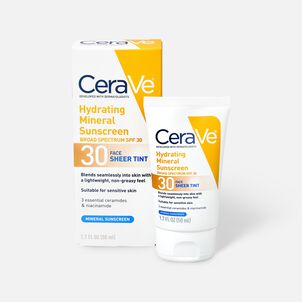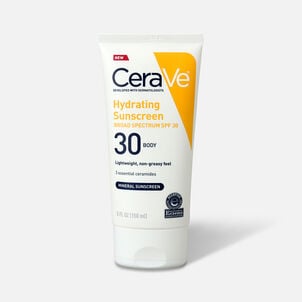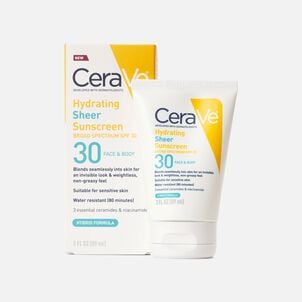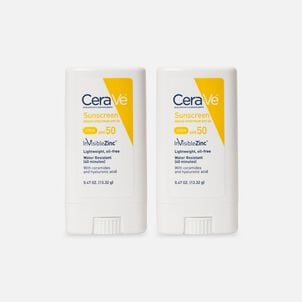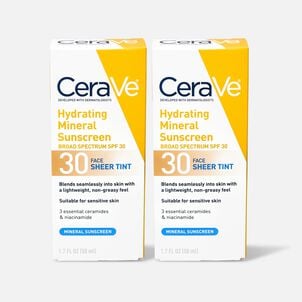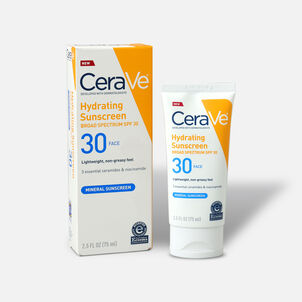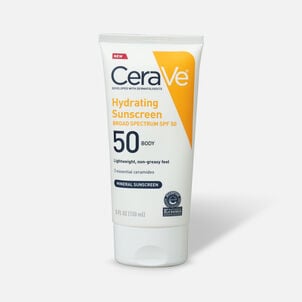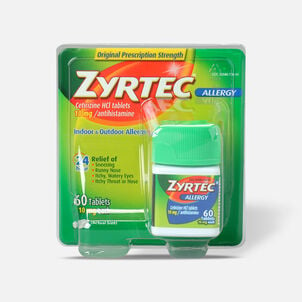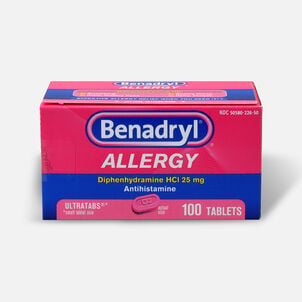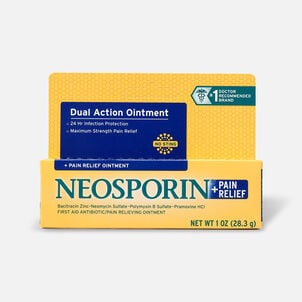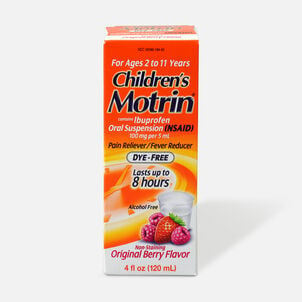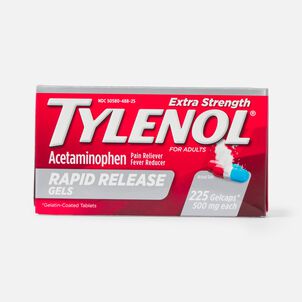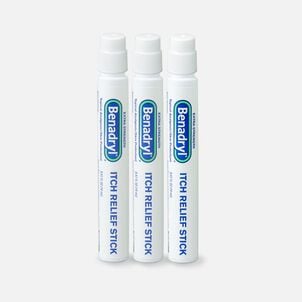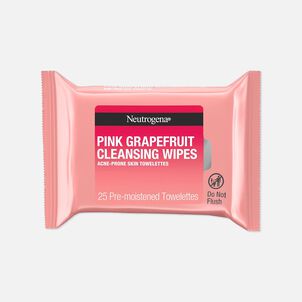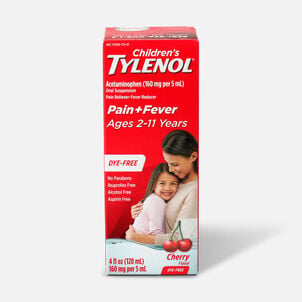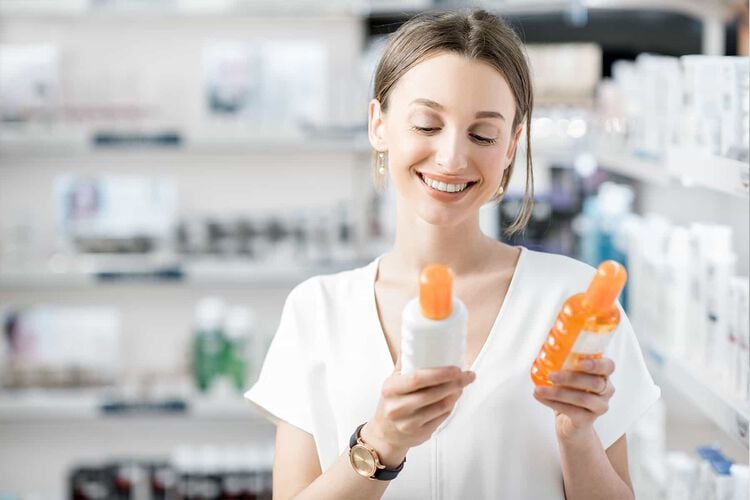The sun may be the center of our solar system and essential for a majority of life on Earth, but its rays can have a detrimental effect on the health and appearance of our skin. Short periods of unprotected sun exposure (such as walking to and from the car or making a phone call outside) accumulate over the course of a lifetime, and contribute to premature signs of aging such as fine lines, wrinkles, discoloration, rough texture and loss of elasticity. According to the Skin Cancer Foundation, the risk of developing melanoma (a potentially life-threatening form of skin cancer) doubles with a history of five or more sunburns — or just one blistering sunburn in childhood or adolescence.
The importance of sunscreen
Daily sunscreen use (in addition to taking extra safe-sun measures when spending prolonged periods of time outdoors) is the number-one way to protect the skin from damaging UV rays. There are effective daily SPF options for all skin types and specific skin concerns that work well under makeup and make this final morning skincare step a breeze—especially once sunscreen becomes a regular part of your morning routine.
When it comes to sunscreen ingredients, there are mineral-and chemical based filters. Mineral (or physical) filters include zinc oxide and titanium dioxide, and these ingredients form a barrier on the skin that deflects UV rays (in turn shielding skin from damage). Chemical filters such as avobenzone, homosalate, octisalate, and octocrylene work by absorbing UV rays before they have a chance to damage the skin.
How to choose an effective sunscreen
The jargon you see on product labels can be confusing, but there are a few “rules” that can help ensure you select an effective sunscreen.
- Opt for an SPF of 15 or higher (at the very least)
- Look for the term “broad-spectrum,” which indicates a sunscreen protects the skin from UVA and UVB rays
- Find a texture that feels comfortable on your skin, and apply every two hours when outdoors for an extended period of time
- Choose a “water-resistant” formula if you’ll be swimming or sweating
Optimizing sunscreen effectiveness
Once you’ve selected the ideal sunscreen, it’s important to apply it properly. Daily facial sunscreens should be applied as the final step of your morning skincare routine, but extended periods of sun exposure require a few additional steps for optimal UV protection:
- Apply sunscreen 15 minutes before sun exposure and reapply every two hours, or immediately after swimming, sweating, or toweling-dry
- As a point of reference, you should apply one ounce—or the amount that would fill a shot-glass—to effectively protect the entire body (and reapply the same amount based on the advice above)
- In addition to applying an adequate amount of sunscreen properly following the guidelines above, seek shade when possible—especially between 10am and 2pm
- Apply sunscreen before getting dressed or putting on your bathing suit to make sure you don’t miss any spots
- Wear protective clothing such a wide-brimmed hat, long sleeves, pants, and sunglasses when possible
Stay on top of your “spots”
According to the American Academy of Dermatology, one of every five Americans will be diagnosed with skin cancer—which is why it’s essential to perform self-checks. It’s as easy as ABC (plus D and E).These are the “red flags” to look out for:
- Asymmetry (A): moles with uneven contours or coloration
- Border (B): irregular or jagged borders
- Color (C): a mix of brown, red, black, and/or white colors
- Diameter (D): anything larger than the size of a pencil eraser
- Evolution (E): any sudden change in size, shape, thickness, or color
If you notice any suspicious changes in existing moles (or anything new), schedule an appointment with your dermatologist immediately. In addition to performing your own full-body check at home every month, it’s best to see your dermatologist once a year for a professional once-over. Your doctor may choose to biopsy suspicious lesions or follow specific spots over time to ensure these spots are not skin cancer—and your dermatologist may recommend scheduling skin checks every six months if you’re deemed high risk.
Raising melanoma awareness
There are several types of skin cancer, including basal cell carcinoma, squamous cell carcinoma, and melanoma. Although most types of skin cancer can be successfully treated when diagnosed early, melanoma poses the greatest risk to overall health. Consider these facts:
- Between two and three million non-melanoma skin cancers are diagnosed each year
- More than 230,000 cases of melanoma are diagnosed every year
Eight out of 10 people do not always follow sun-safe behavior
Using sunscreen daily, monitoring your “spots” on a monthly basis, and establishing an ongoing relationship with your dermatologist are the best steps for preventing and catching all types of skin cancer early. To this end, LaRoche-Posay has created the ongoing SOS Save Our Skin campaign to inform the public about the dangers of UV rays and the importance of sun-safe behavior.
FSA-approved sunscreen suggestions
- La Roche-Posay Anthelios Broad-Spectrum SPF 100 Melt-In Milk Sunscreen for Body and Face
- La Roche-Posay Anthelios Clear SkinSunscreen with Broad-Spectrum - SPF 60
- La Roche-Posay Anthelios AOXDaily Antioxidant Serum with Broad-Spectrum - SPF 50
- Vichy LiftActiv Peptide-C Broad Spectrum - SPF 30
- Vichy Capital Soleil Face Sunscreen with Broad Spectrum - SPF 50
- CeraVe Hydrating Mineral Sunscreen Broad Spectrum - SPF 50 for Face
- CeraVe Hydrating Mineral Sunscreen Broad Spectrum - SPF 50 for Body
Thank you for visiting the FSA Store Learning Center! Don’t forget to follow us for more helpful tips on Facebook, Instagram, and Twitter!

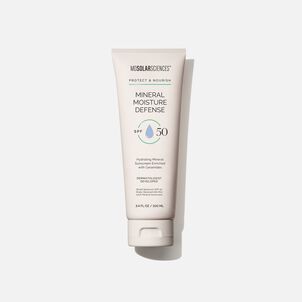
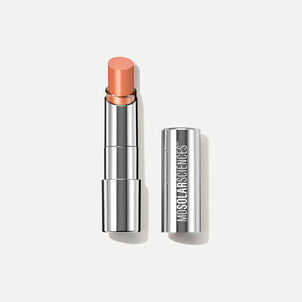
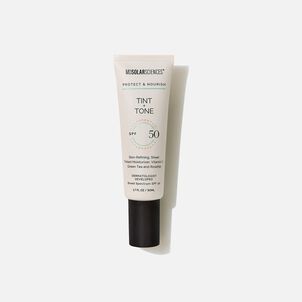
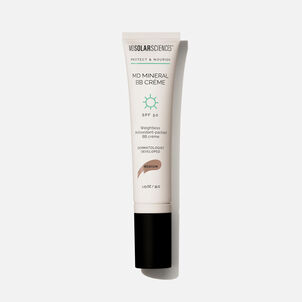
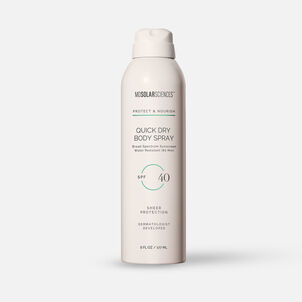
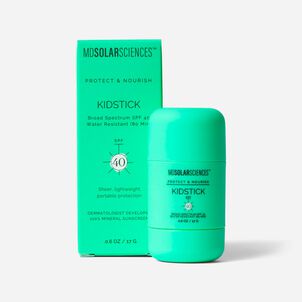
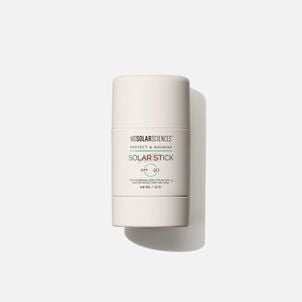
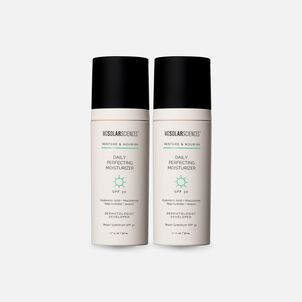
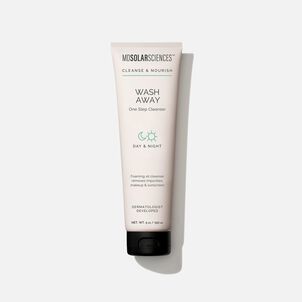
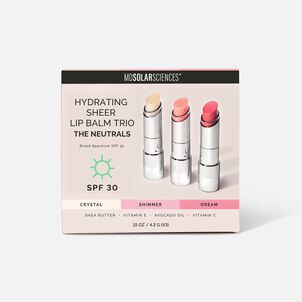
-2b.jpg?sw=302)
